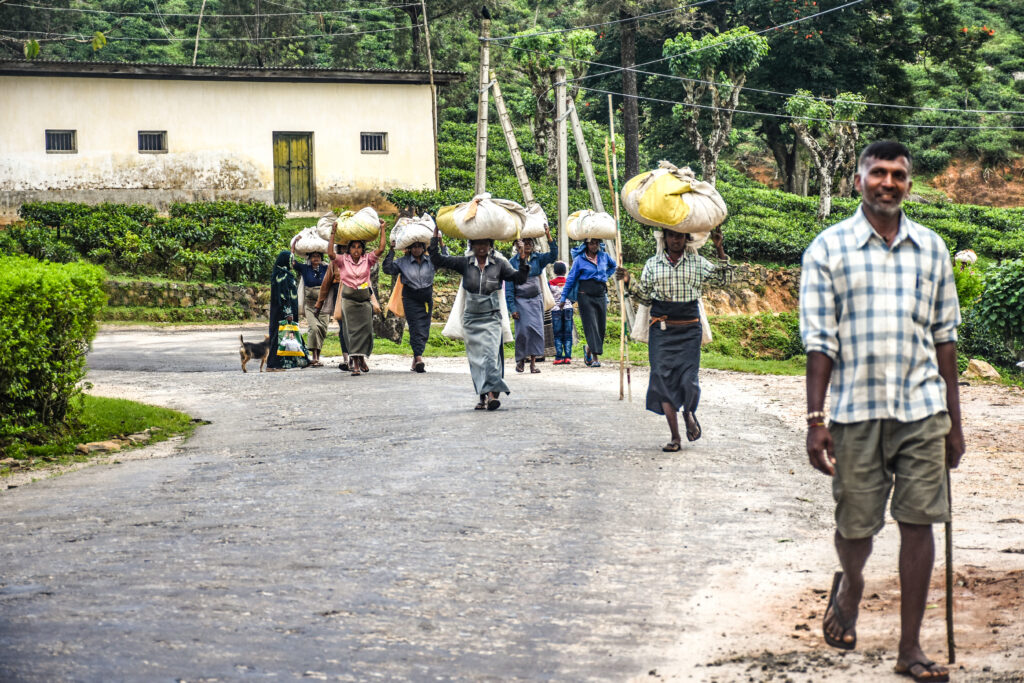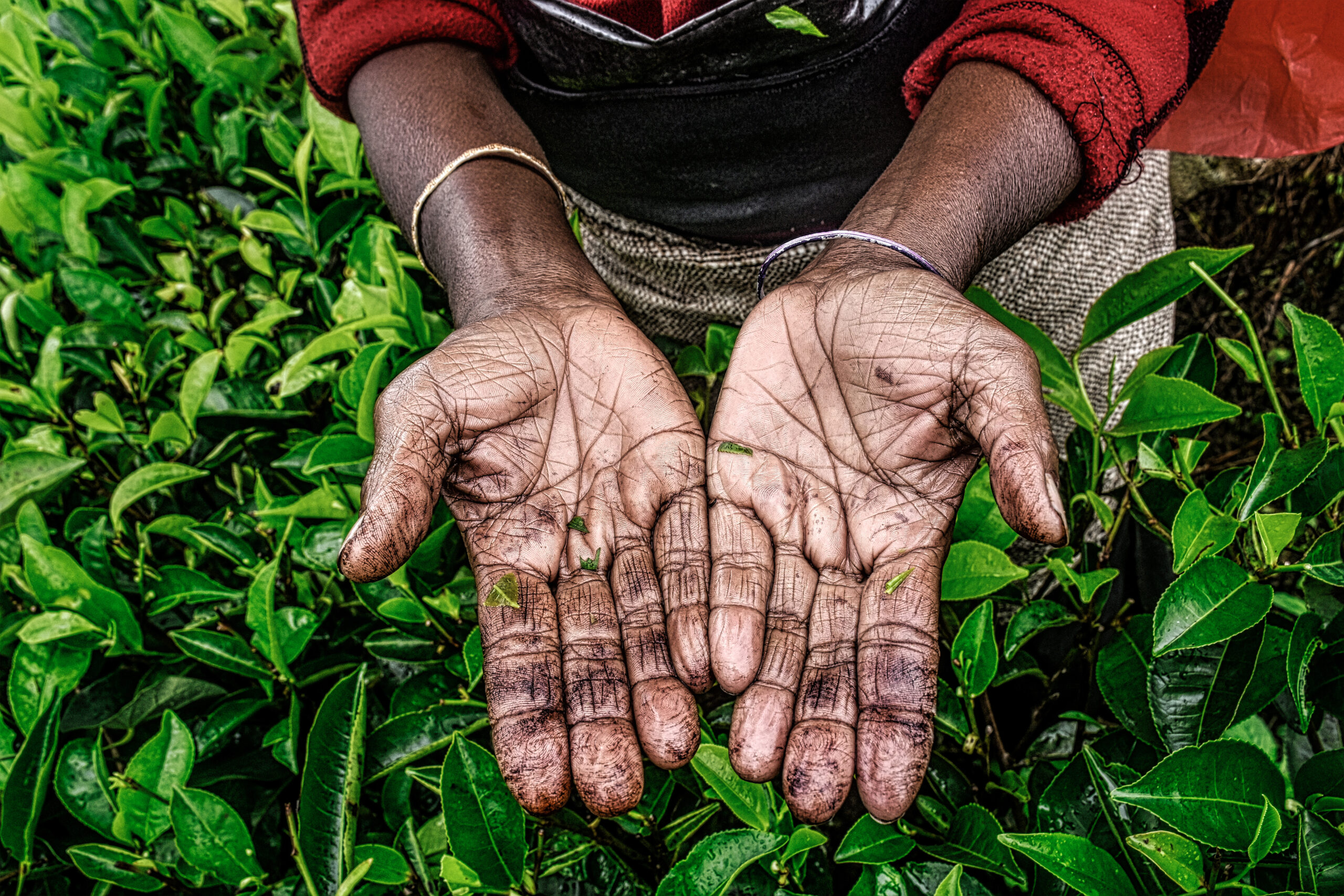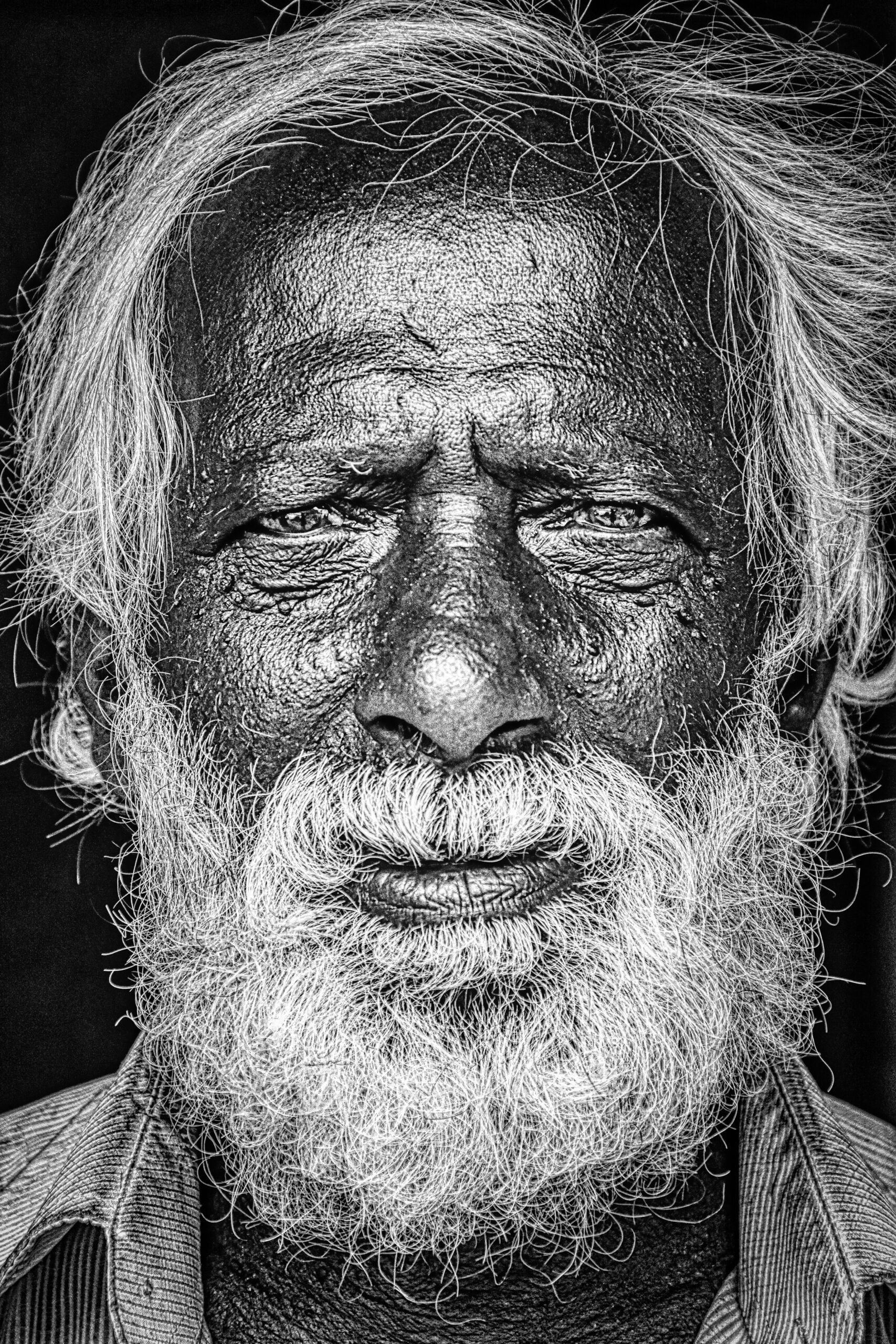Launched at the Lionel Wendt Art Gallery Colombo, in September 2020, the “Thé Kahata,” photography exhibition displayed 100 striking photographs captured by 40 young men and women from their lives in the hill country.
When considering the photography exhibition as a whole, it wove a story around the day-to-day lives of the Tamil community who live and work in the tea plantations of Sri Lanka. This is not the kind of story that is narrated by researchers or other such professionals who visit the area as outsiders. This story is being brought to us by a group of young men and women who themselves live in the hill country. In other words, this is their own story, one that they know too well. To be honest, this is the most impressive collection of photographs I have ever seen regarding this community. Actually, I feel that this is the most powerful discourse related to this community that I have seen or read to date.
As a researcher and a university lecturer, I have read many articles written by many academics and researchers on this community’s origins, history, their lifestyle and politics. However, I realise that when compared with them, what these young people have expressed as a visual discourse is more powerful, genuine and visceral. In my opinion, the caption given for one of the photographs ideally epitomises this entire exhibition. It says- “This is poverty; not simplicity.” In a nutshell, these young people are sharing the story of their lives, bound in poverty and mired in numerous other challenges that are so difficult to overcome.

This is not the story you see of paradise that is usually found in tourists’ flyers and colour postcards. This series of photographs exposes the unfortunate reality hidden behind those myths. During the exhibition, none of the photographers spoke. However, I looked at each of the displayed photographs two or three times. Then I realised that the reason for the silence was that they had already communicated their stories visually through these powerful photographs.
There was nothing further to say.
There is another discourse we face through these photographs. That is the story of the deceit, hypocrisy and stupidity so deeply rooted in Sri Lankan politics. What made these young people present their real life story in such a sorrowful manner in 2020? It is clear that from the post-colonial period to date, national politics has done nothing meaningful to save this community from their unfortunate circumstances. Moreover, the All Ceylon Estate Workers Union and other such political groups who claim to represent this community too have only further trapped these people in poverty.
When I saw these photographs, they reminded me of famous Indian Photographer Raghu Rai’s captures of the numerous refugee camps established marginally in various locations of India. (A few years ago, the Department of Social Sciences of the University of South Asia exhibited a part of Raghu Rai’s collection, as a part of an academic curriculum.) In that case, what Raghu Rai photographed were refugee camps, whereas these young people have photographed their own day-to-day surroundings. They show their own homes, their surroundings, and their own kin. These are not refugee camps and they are not refugees. They are Sri Lankan citizens.
As I feel, the main question these young people are trying to raise from their photography is – who is responsible for their plight? It is unfortunate that half of the people who hold the responsibility for this suffering live among them, and the balance live among us.
Professor Sasanka Perera
University of South Asia


